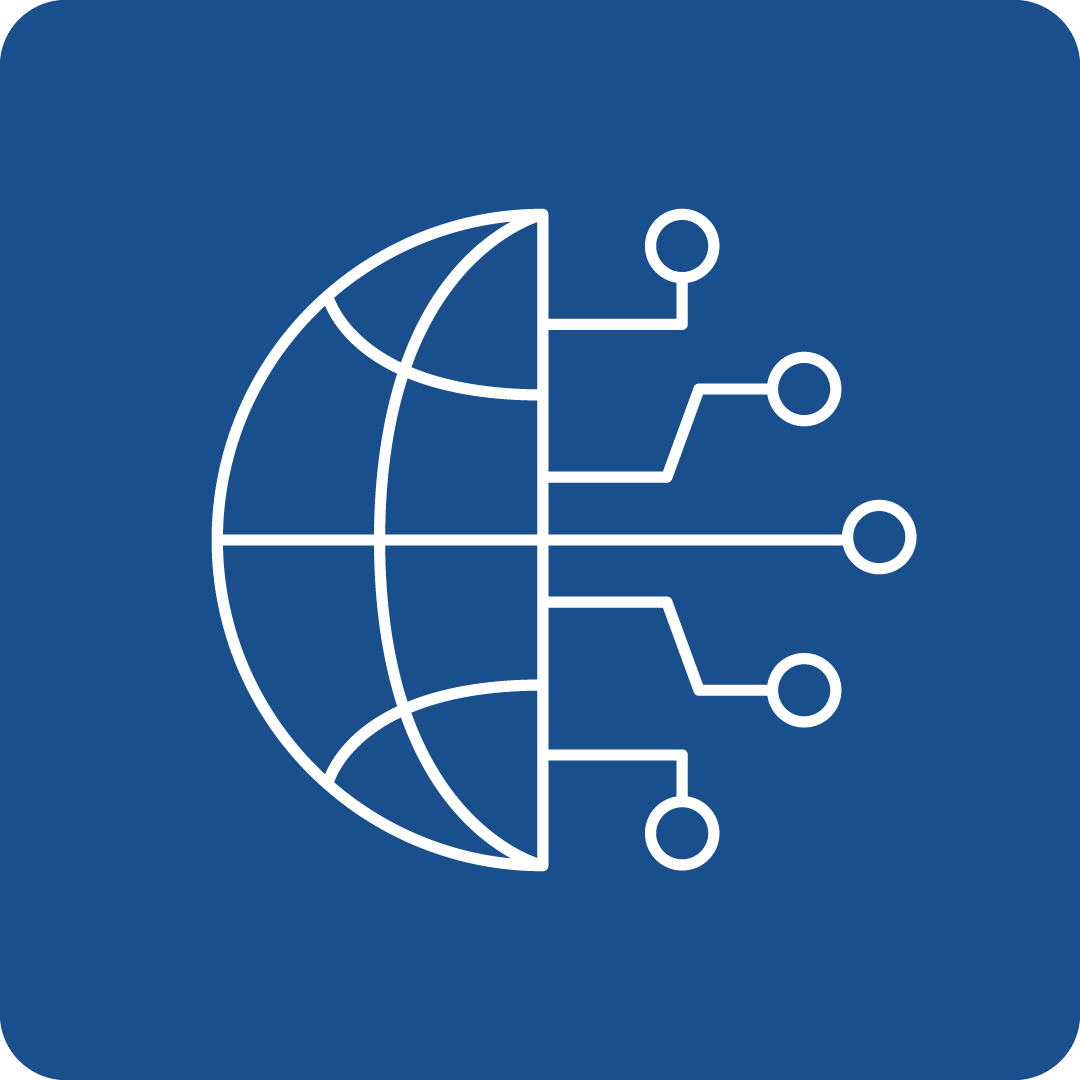Filter Search for grants
Call Navigation
Deadline expired
The deadline for this call has expired.
Call key data
Orchestration of heterogeneous actors in mixed traffic within the CCAM ecosystem (CCAM Partnership)
Funding Program
Horizon Europe: Cluster 5 - Climate, Energy and Mobility
Call number
HORIZON-CL5-2024-D6-01-03
deadlines
Opening
07.05.2024
Deadline
05.09.2024 17:00
Funding rate
70% (NPO:100%)
Call budget
€ 12,000,000.00
Estimated EU contribution per project
€ 6,000,000.00
Link to the call
Link to the submission
Call content
short description
The aim is to advance on the orchestration of heterogeneous actors in mixed traffic by building on, linking and integrating smart routing and interactive traffic management, solutions for ensuring the safety and efficiency of early CCAM deployment, a coherent approach towards managing fleets from an overall system perspective in real-life urban demonstrations of CCAM and new governance and operational models facilitating the orchestration schemes of traffic management.
Call objectives
The aim is to advance on the orchestration of heterogeneous actors in mixed traffic by building on, linking and integrating the following streams of research results and innovation challenges:
- Smart routing and interactive traffic management using connectivity and C-ITS for the orchestration of heterogeneous actors in mixed traffic within the CCAM ecosystem.
- Solutions for ensuring the safety and efficiency of early CCAM deployment in the interaction of drivers, riders, passengers, traffic participants and automated systems performing driving tasks in mixed traffic.
- Coherent approach towards managing fleets from an overall system perspective in real-life urban demonstrations of CCAM via testing and demonstrations in large sets of traffic environments with an emphasis on different fleets, i.e. groups of vehicles (including e.g. public transport/commercial/logistics fleets, fleets operated by public or private transport operators) that are typically controlled/supervised/managed by heterogeneous actors.
- New governance and operational models facilitating the orchestration schemes of traffic management that are inclusive towards all heterogeneous actors in traffic management.
Proposed actions will develop and demonstrate an orchestration scheme for traffic management energy according to priorities set by traffic authorities (including targets) that will facilitate the coexistence of heterogeneous actors or fleets on the road network (individual vehicles, public transport, Vulnerable Road Users) as well as, at different levels of vehicle automation (including human driven vehicles) in mixed traffic. Actions should contribute to the transformation of traffic management from managing traffic volumes to the management of vehicles (or even travellers) taking benefit from the advantages of fleet management (groups of vehicles that share the same attributes). Vehicles should be considered in their different sizes and usages, as well as by the mobility service they provide (private, public, shared, pooled etc.). Proposed actions should address both the transport of people and goods within automated fleets (commercial/logistics fleets, fleets operated by public or private transport operators) and individual vehicles (CCAM- or conventional vehicles, including micro-mobility) that are well integrated in the entire traffic management system.
Proposed actions are expected to develop and demonstrate orchestration schemes for operations in mixed traffic by addressing all of the following aspects:
- Defining the comprehensive requirements (including data exchange) for the orchestration schemes with regards to the heterogeneous actors in mixed traffic (automated and non-automated traffic, people and goods and different modes).
- Developing traffic management tools that are essential for the coordination of mixed automated and non-automated mobility. These management tools should be robust and able to address uncertainty due to uncertain technological developments, performances, services and business cases that go beyond what is available through current research results. Tools should support orchestration by, among others, integration of ad-hoc and manoeuvre coordination (SAE cooperation classes), efficient route guidance and capacity aware demand management.
- Defining and demonstrating business and governance models (including for public actors) for the orchestration of traffic management in real-time CCAM traffic conditions in urban and motorway environment, allowing actors to address their needs on a win-win basis.
- Developing measures and KPIs to demonstrate the benefits and added value of orchestration for traffic management actions (in terms of traffic efficiency, energy efficiency, safety etc.).
- Demonstrating a process that ensures trust in the traffic orchestration scheme proposed as well as sufficient accessibility to quality data for all traffic actors involved and readiness for large-scale demonstration actions.
In order to achieve the expected outcomes, international cooperation is encouraged, in particular with Japan and the United States but also with other relevant strategic partners in third countries.
This topic implements the co-programmed European Partnership on ‘Connected, Cooperative and Automated Mobility’ (CCAM). As such, projects resulting from this topic will be expected to report on results to the European Partnership ‘Connected, Cooperative and Automated Mobility’ (CCAM) in support of the monitoring of its KPIs.
read more
Expected results
Project results are expected to contribute to all of the following outcomes:
- System approach towards traffic management that integrates the operations and needs of a wide range of road network users (vehicle drivers, passengers and different kinds of VRUs) traffic management centres and public authorities as well as service providers, (public transport/commercial/logistics fleet managers, infrastructure industry) within the mobility ecosystem.
- Safer, more efficient and sustainable traffic management through the orchestration of heterogeneous actors in mixed traffic within the CCAM ecosystem.
- Proven orchestration schemes in traffic management for operations of all types of vehicles and the different CCAM systems in real-time CCAM traffic conditions in urban and/or motorway environments.
- Governance and operational models that allow for better cooperation and collaboration of all relevant actors in the orchestration of traffic management through new mobility management for all modes and road types.
- Mobility management tools to seamlessly integrate CCAM systems and services including fleets of vehicles, public transport, logistics operations, demand management needs as well as governance and business models into the transport system.
- Strategic transport planning methods for all modes in the CCAM ecosystem including individual as well as public transport.
read more
Eligibility Criteria
Regions / countries for funding
Moldova (Moldova), Albania (Shqipëria), Armenia (Հայաստան), Azerbaijan (Azərbaycan), Belarus (Беларусь), Bosnia and Herzegovina (Bosna i Hercegovina / Босна и Херцеговина), Faeroes (Føroyar / Færøerne), Georgia (საქართველო), Iceland (Ísland), Israel (ישראל / إِسْرَائِيل), Kosovo (Kosova/Kosovë / Косово), Montenegro (Црна Гора), Morocco (المغرب), New Zealand (Aotearoa), North Macedonia (Северна Македонија), Norway (Norge), Serbia (Srbija/Сpбија), Tunisia (تونس /Tūnis), Türkiye, Ukraine (Україна), United Kingdom
eligible entities
Education and training institution, International organization, Non-Profit Organisation (NPO) / Non-Governmental Organisation (NGO), Other, Private institution, incl. private company (private for profit), Public Body (national, regional and local; incl. EGTCs), Research Institution incl. University, Small and medium-sized enterprise (SME)
Mandatory partnership
Yes
Project Partnership
To be eligible for funding, applicants must be established in one of the following countries:
- the Member States of the European Union, including their outermost regions
- the Overseas Countries and Territories (OCTs) linked to the Member States
- third countries associated to Horizon Europe - see list of particpating countries
Only legal entities forming a consortium are eligible to participate in actions provided that the consortium includes, as beneficiaries, three legal entities independent from each other and each established in a different country as follows:
- at least one independent legal entity established in a Member State; and
- at least two other independent legal entities, each established in different Member States or Associated Countries.
Any legal entity, regardless of its place of establishment, including legal entities from non-associated third countries or international organisations (including international European research organisations) is eligible to participate (whether it is eligible for funding or not), provided that the conditions laid down in the Horizon Europe Regulation have been met, along with any other conditions laid down in the specific call topic.
A ‘legal entity’ means any natural or legal person created and recognised as such under national law, EU law or international law, which has legal personality and which may, acting in its own name, exercise rights and be subject to obligations, or an entity without legal personality.
Specific cases:
- Affiliated entities — Affiliated entities (i.e. entities with a legal or capital link to a beneficiary which participate in the action with similar rights and obligations to the beneficiaries, but which do not sign the grant agreement and therefore do not become beneficiaries themselves) are allowed, if they are eligible for participation and funding.
- Associated partners — Associated partners (i.e. entities which participate in the action without signing the grant agreement, and without the right to charge costs or claim contributions) are allowed, subject to any conditions regarding associated partners set out in the specific call conditions.
- Entities without legal personality — Entities which do not have legal personality under their national law may exceptionally participate, provided that their representatives have the capacity to undertake legal obligations on their behalf, and offer guarantees to protect the EU’s financial interests equivalent to those offered by legal persons.
- EU bodies — Legal entities created under EU law including decentralised agencies may be part of the consortium, unless provided for otherwise in their basic act.
- Joint Research Centre (‘JRC’)— Where provided for in the specific call conditions, applicants may include in their proposals the possible contribution of the JRC but the JRC will not participate in the preparation and submission of the proposal. Applicants will indicate the contribution that the JRC could bring to the project based on the scope of the topic text. After the evaluation process, the JRC and the consortium selected for funding may come to an agreement on the specific terms of the participation of the JRC. If an agreement is found, the JRC may accede to the grant agreement as beneficiary requesting zero funding or participate as an associated partner, and would accede to the consortium as a member.
- Associations and interest groupings — Entities composed of members (e.g. European research infrastructure consortia (ERICs)) may participate as ‘sole beneficiaries’ or ‘beneficiaries without legal personality’. However, if the action is in practice implemented by the individual members, those members should also participate (either as beneficiaries or as affiliated entities, otherwise their costs will NOT be eligible.
other eligibility criteria
Activities are expected to achieve TRL 6-7 by the end of the project.
If projects use satellite-based earth observation, positioning, navigation and/or related timing data and services, beneficiaries must make use of Copernicus and/or Galileo/EGNOS (other data and services may additionally be used).
Additional information
Topics
Relevance for EU Macro-Region
EUSAIR - EU Strategy for the Adriatic and Ionian Region, EUSALP - EU Strategy for the Alpine Space, EUSBSR - EU Strategy for the Baltic Sea Region, EUSDR - EU Strategy for the Danube Region
UN Sustainable Development Goals (UN-SDGs)
![]()
![]()
Additional Information
All proposals must be submitted electronically via the Funders & Tenders Portal electronic submission system (accessible via the topic page in the Search Funding & Tenders section). Paper submissions are NOT possible.
Proposals must be complete and contain all parts and mandatory annexes and supporting documents, e.g. plan for the exploitation and dissemination of the results including communication activities, etc.
The application form will have two parts:
- Part A (to be filled in directly online) contains administrative information about the applicant organisations (future coordinator and beneficiaries and affiliated entities), the summarised budget for the proposal and call-specific questions;
- Part B (to be downloaded from the Portal submission system, completed and then assembled and re-uploaded as a PDF in the system) contains the technical description of the project.
Annexes and supporting documents will be directly available in the submission system and must be uploaded as PDF files (or other formats allowed by the system).
The limit for a full application (Part B) is 45 pages.
Contact
To see more information about this call, you can register for free here
or log in with an existing account.
Log in
Register now


